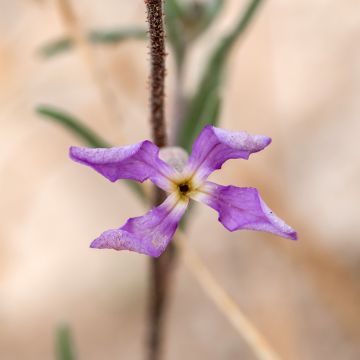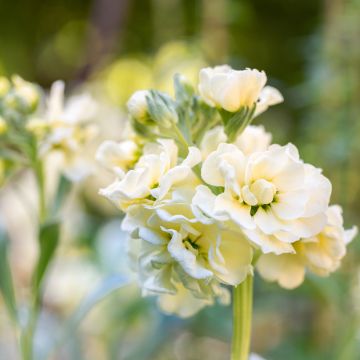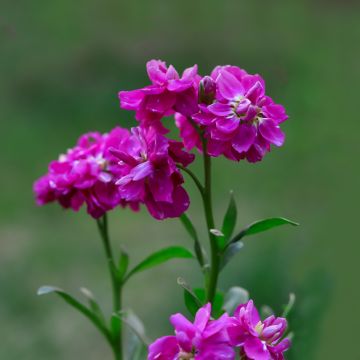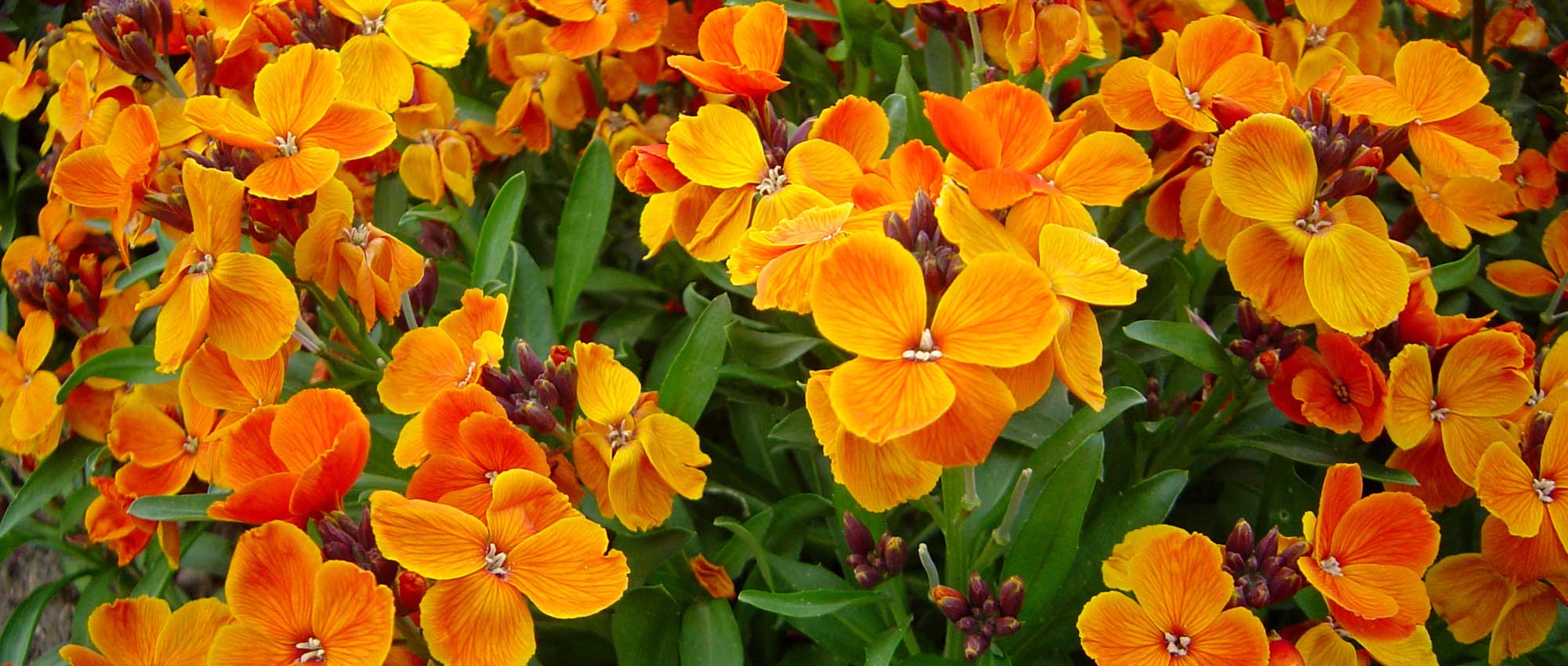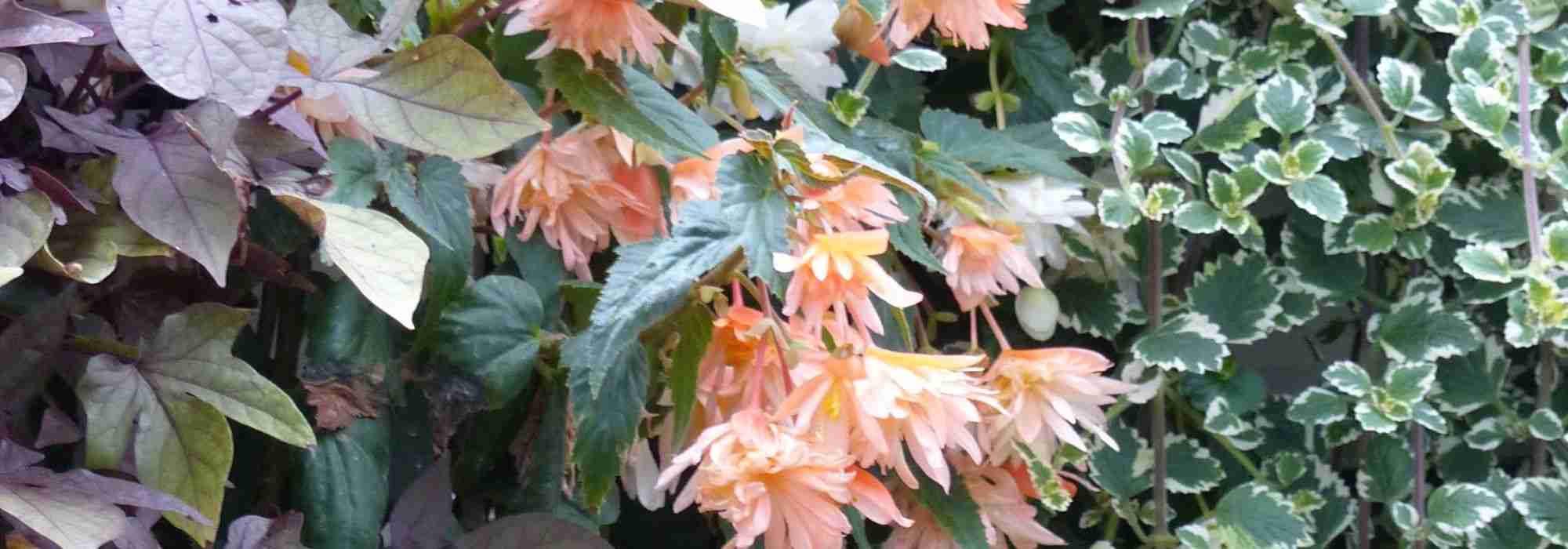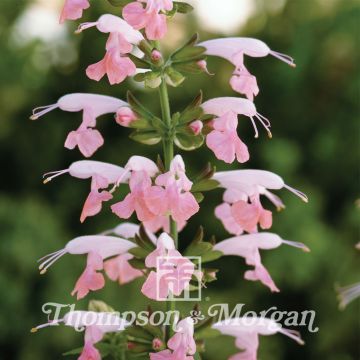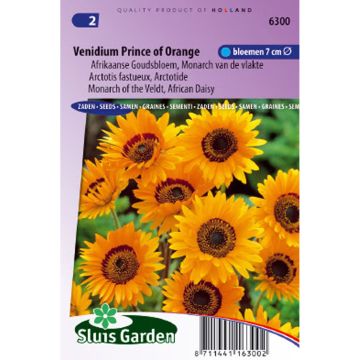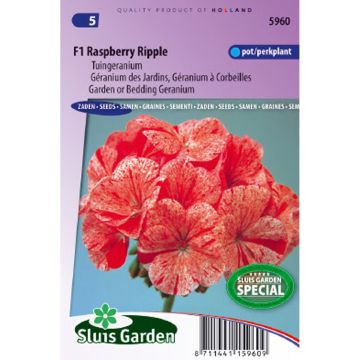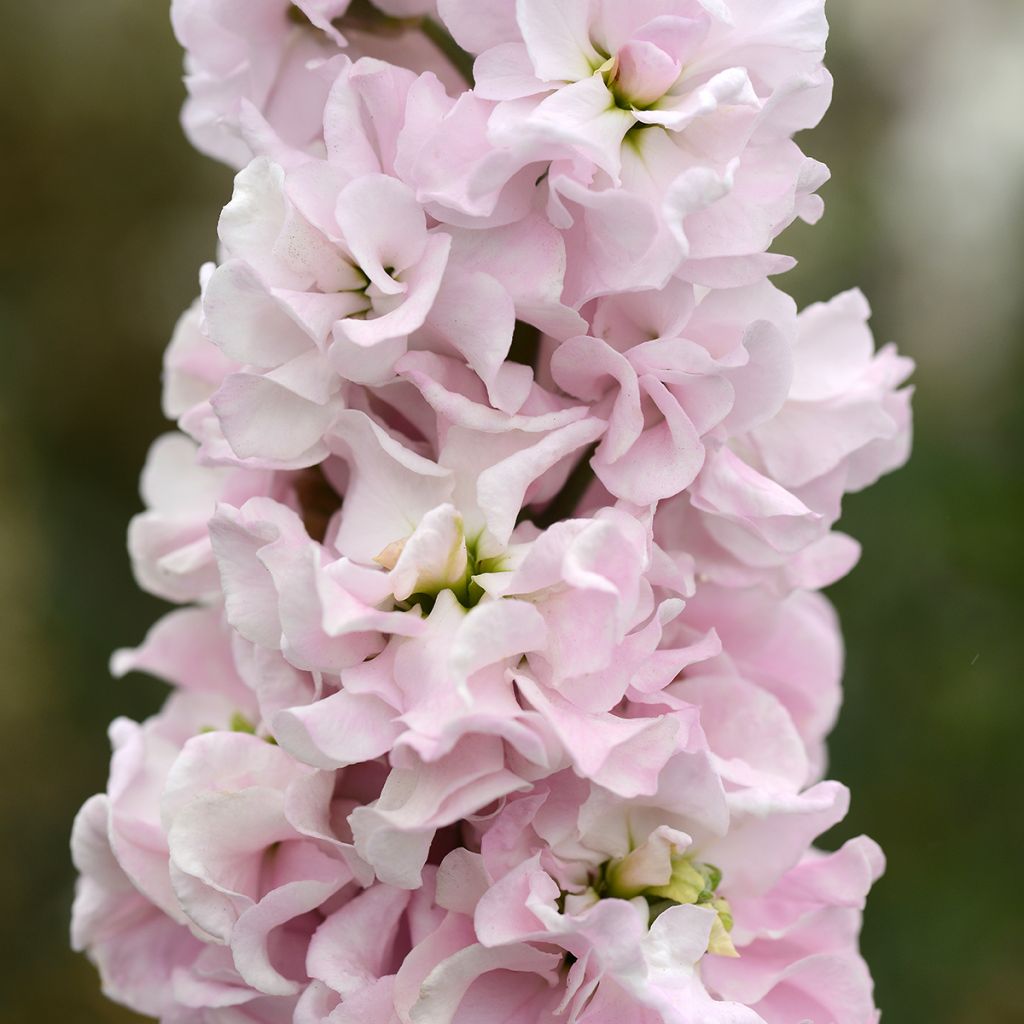

Matthiola incana Classic Malmaison Pink seeds - Hoary Stock
Matthiola incana Classic Malmaison Pink seeds - Hoary Stock
Matthiola incana Classic Malmaison Pink
Stock, Tenweeks Stock, Hoary Stock, Brompton Stock, Gillyflower
Special offer!
Receive a €20 voucher for any order over €90 (excluding delivery costs, credit notes, and plastic-free options)!
1- Add your favorite plants to your cart.
2- Once you have reached €90, confirm your order (you can even choose the delivery date!).
3- As soon as your order is shipped, you will receive an email containing your voucher code, valid for 3 months (90 days).
Your voucher is unique and can only be used once, for any order with a minimum value of €20, excluding delivery costs.
Can be combined with other current offers, non-divisible and non-refundable.
Why not try an alternative variety in stock?
View all →This plant carries a 6 months recovery warranty
More information
We guarantee the quality of our plants for a full growing cycle, and will replace at our expense any plant that fails to recover under normal climatic and planting conditions.
Does this plant fit my garden?
Set up your Plantfit profile →
Description
The Ten-week Stock 'Classic Malmaison Pink', or Matthiola incana, is a cherished heritage variety prized for its romantic charm and its delicious clove-like fragrance. This plant produces splendid floral spikes borne on upright stems, ideal for creating bouquets. When grown from seed, approximately 50% of the stems bear double flowers. Easy to grow in the ground or in pots, this stock loves full sun and is equally suited to garden decoration and flowering containers.
The ten-week stock, in Latin Matthiola incana (also known by its former name Cheiranthus incanus), is a short-lived herbaceous perennial, often grown as an annual or biennial depending on the region. It belongs to the Brassicaceae family, like mustard. This species is native to the Mediterranean basin and the Canary Islands, where it grows naturally in rocky coastal areas. It is also known as Common Stock, Garden Stock, or Florist's Stock.
The 'Classic Malmaison Pink' selection produces upright plants with a bushy, well-branched habit, reaching about 60 to 70 cm in height. The stems bear narrow, lanceolate leaves of a soft grey-green. From late April to September, depending on the sowing date, they are adorned with fragrant flowers, grouped in long, dense spikes, 2 to 3 cm in diameter. These pastel pink flowers can be single or double, depending on the plant, but all are intensely fragrant. They are loved by bees and other pollinating insects.
When grown in a pot, the plant typically develops a more substantial, single floral spike, while in the ground, it adopts a more branched form, conducive to a more spreading and generous flowering. This ten-week stock has an annual or biennial life cycle, depending on the sowing period and climate. Sown in spring, it flowers the same year, from May to September. Sown in late summer or autumn, it overwinters as a rosette and flowers the following spring, thus adopting a biennial cycle. In both cases, the plant completes its cycle after flowering and does not survive from one year to the next.
The Ten-week Stock 'Classic Malmaison Pink' is a very pretty flower for beds, borders, window boxes, and flowering pots. Its strong, spicy fragrance encourages you to place it near pathways or terraces, where it can be fully appreciated. In a bed, its soft pink blends wonderfully with gentle or contrasting blooms: consider cosmos, poppies, godetias, love-in-a-mist, or even baby's breath for a romantic and airy effect. In a bouquet, it pairs with the opulent flowers of old garden roses, Chinese peonies, or branches of lilac, for fragrant and utterly charming compositions.
Flowering
Foliage
Plant habit
Botanical data
Matthiola
incana
Classic Malmaison Pink
Brassicaceae
Stock, Tenweeks Stock, Hoary Stock, Brompton Stock, Gillyflower
Cheiranthus incanus
Cultivar or hybrid
Planting and care
Sow Classic Malmaison Pink stocks from February to April or in late summer. Sow the seeds on the surface of moist compost, in pots or trays, and lightly cover the seeds with a thin layer of vermiculite. Place in a propagator or enclose the containers in a clear plastic bag, kept in a warm location at a temperature between 20-25°C. Keep the sowing near a light source, as this encourages germination. Keep the compost surface moist, but not waterlogged; germination will usually take 10 to 21 days.
When the young plants are sufficiently developed, transplant them into 7.5 cm pots or trays. Gradually acclimatise the plants to cooler conditions for a few days before planting out, after all risk of frost, spacing them 30 cm apart. Choose a sunny location with well-draining soil, or pots filled with a rich, free-draining mixture.
In dry soil and sunny positions, remember to water your plants frequently in summer so the soil never dries out completely between waterings.
Sowing period
Intended location
Planting & care advice
This item has not been reviewed yet - be the first to leave a review about it.
Similar products
Haven't found what you were looking for?
Hardiness is the lowest winter temperature a plant can endure without suffering serious damage or even dying. However, hardiness is affected by location (a sheltered area, such as a patio), protection (winter cover) and soil type (hardiness is improved by well-drained soil).

Photo Sharing Terms & Conditions
In order to encourage gardeners to interact and share their experiences, Promesse de fleurs offers various media enabling content to be uploaded onto its Site - in particular via the ‘Photo sharing’ module.
The User agrees to refrain from:
- Posting any content that is illegal, prejudicial, insulting, racist, inciteful to hatred, revisionist, contrary to public decency, that infringes on privacy or on the privacy rights of third parties, in particular the publicity rights of persons and goods, intellectual property rights, or the right to privacy.
- Submitting content on behalf of a third party;
- Impersonate the identity of a third party and/or publish any personal information about a third party;
In general, the User undertakes to refrain from any unethical behaviour.
All Content (in particular text, comments, files, images, photos, videos, creative works, etc.), which may be subject to property or intellectual property rights, image or other private rights, shall remain the property of the User, subject to the limited rights granted by the terms of the licence granted by Promesse de fleurs as stated below. Users are at liberty to publish or not to publish such Content on the Site, notably via the ‘Photo Sharing’ facility, and accept that this Content shall be made public and freely accessible, notably on the Internet.
Users further acknowledge, undertake to have ,and guarantee that they hold all necessary rights and permissions to publish such material on the Site, in particular with regard to the legislation in force pertaining to any privacy, property, intellectual property, image, or contractual rights, or rights of any other nature. By publishing such Content on the Site, Users acknowledge accepting full liability as publishers of the Content within the meaning of the law, and grant Promesse de fleurs, free of charge, an inclusive, worldwide licence for the said Content for the entire duration of its publication, including all reproduction, representation, up/downloading, displaying, performing, transmission, and storage rights.
Users also grant permission for their name to be linked to the Content and accept that this link may not always be made available.
By engaging in posting material, Users consent to their Content becoming automatically accessible on the Internet, in particular on other sites and/or blogs and/or web pages of the Promesse de fleurs site, including in particular social pages and the Promesse de fleurs catalogue.
Users may secure the removal of entrusted content free of charge by issuing a simple request via our contact form.
The flowering period indicated on our website applies to countries and regions located in USDA zone 8 (France, the United Kingdom, Ireland, the Netherlands, etc.)
It will vary according to where you live:
- In zones 9 to 10 (Italy, Spain, Greece, etc.), flowering will occur about 2 to 4 weeks earlier.
- In zones 6 to 7 (Germany, Poland, Slovenia, and lower mountainous regions), flowering will be delayed by 2 to 3 weeks.
- In zone 5 (Central Europe, Scandinavia), blooming will be delayed by 3 to 5 weeks.
In temperate climates, pruning of spring-flowering shrubs (forsythia, spireas, etc.) should be done just after flowering.
Pruning of summer-flowering shrubs (Indian Lilac, Perovskia, etc.) can be done in winter or spring.
In cold regions as well as with frost-sensitive plants, avoid pruning too early when severe frosts may still occur.
The planting period indicated on our website applies to countries and regions located in USDA zone 8 (France, United Kingdom, Ireland, Netherlands).
It will vary according to where you live:
- In Mediterranean zones (Marseille, Madrid, Milan, etc.), autumn and winter are the best planting periods.
- In continental zones (Strasbourg, Munich, Vienna, etc.), delay planting by 2 to 3 weeks in spring and bring it forward by 2 to 4 weeks in autumn.
- In mountainous regions (the Alps, Pyrenees, Carpathians, etc.), it is best to plant in late spring (May-June) or late summer (August-September).
The harvesting period indicated on our website applies to countries and regions in USDA zone 8 (France, England, Ireland, the Netherlands).
In colder areas (Scandinavia, Poland, Austria...) fruit and vegetable harvests are likely to be delayed by 3-4 weeks.
In warmer areas (Italy, Spain, Greece, etc.), harvesting will probably take place earlier, depending on weather conditions.
The sowing periods indicated on our website apply to countries and regions within USDA Zone 8 (France, UK, Ireland, Netherlands).
In colder areas (Scandinavia, Poland, Austria...), delay any outdoor sowing by 3-4 weeks, or sow under glass.
In warmer climes (Italy, Spain, Greece, etc.), bring outdoor sowing forward by a few weeks.






























